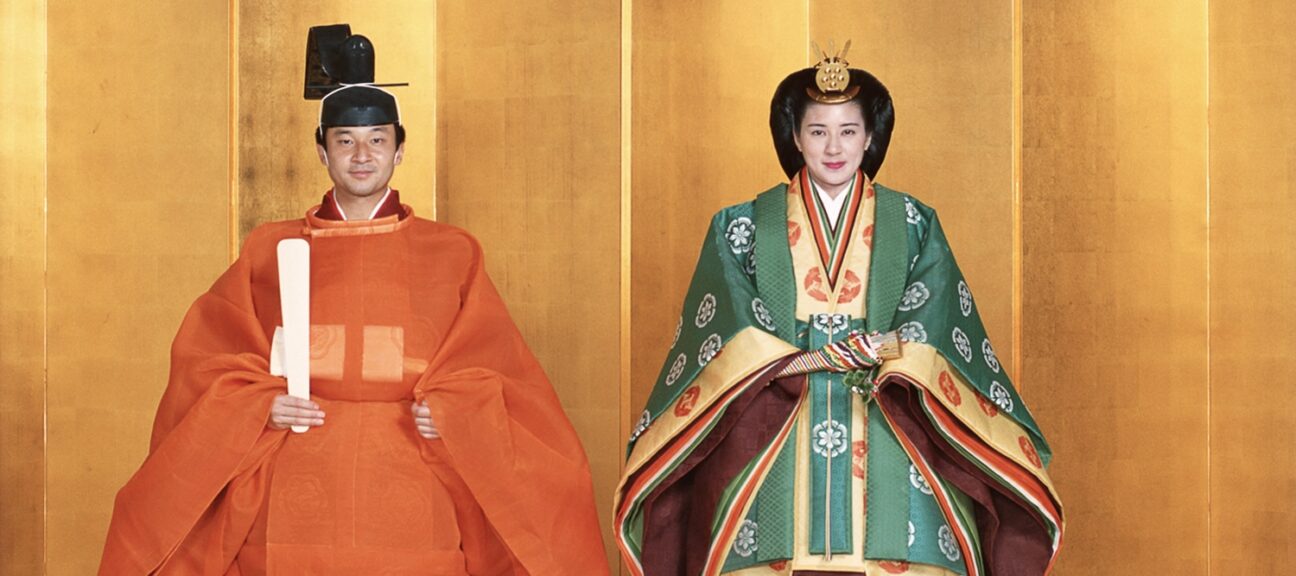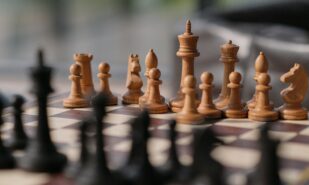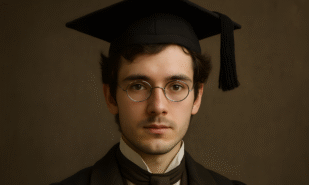At the end of June, the Emperor of Japan and his wife will visit Great Britain. The visit will initially be private, followed by an official state visit from June 25 to 27. The Emperor and Empress of Japan will be hosted at Buckingham Palace.
The Japanese Emperor’s Visit to the UK: Celebrating 150 Years of Friendship with Charles III
Before the start of the official state visit, the distinguished foreign guests, who will be met by Japanese Ambassador Hajime Hayashi, will visit Japan House and tour some of London’s attractions. Later, with the start of the official part of their stay in the country, the Emperor and Empress of Japan will be greeted and accompanied at events by representatives of the entire royal family led by the King and Queen.
It should be noted that this is far from the first meeting of the Emperor of Japan with the British royal family – strong bonds of friendship have connected them for decades, and according to some studies, the Japanese imperial house and the royal family have maintained a 150-year-long relationship.
It began in 1869 when Queen Victoria’s son, Prince Alfred, traveled to Japan. British-Japanese relations became warmest during the reign of Emperor Hirohito. In 1921, then-Crown Prince Hirohito embarked on a journey to Europe aboard the British-built battleship Katori. He spent six months away from Japan, and the first country he visited was Great Britain, where he stayed for an extended period. It is known that the prince visited the island of Malta in the Mediterranean Sea, which belonged to Britain at the time. The purpose of visiting the island was his desire to pay homage to the graves of Japanese sailors who died in battles with Germany during World War I. Hirohito was only 20 years old then, while the reigning monarch of Great Britain, George V, was 55. The latter met the future Emperor of Japan in a fatherly manner, giving him a warm welcome, including riding with him in the same carriage at the welcoming parade. Perhaps it was then that the British royal family began to serve as a model for the Japanese imperial house.
Years later, speaking at a press conference on the occasion ofhis 60th birthday, Emperor Hirohito said: “At the age of 20, I visited England, and during this visit, I spent 3 days at Buckingham Palace with King George V, who taught me, along with his own son, the Prince of Wales and future King Edward VIII, how a constitutional monarchy works. … I regard George V as a second father.”
This recognition fully explains the almost familial feelings that members of the Japanese imperial and English royal families felt in that distant and other periods of history.
Among the documents found in the Royal Archives of Windsor Castle, telegrams from 1940-1941 have been preserved, testifying to the warm relations between the dignitaries. For example, King George VI congratulated Emperor Hirohito on the 2600th anniversary of the imperial dynasty and expressed condolences on the death of the emperor’s aunt, Princess Masaka Tsune.
The British royal archives also hold a congratulatory telegram dated October 22, 1941, sent by King George on the occasion of the wedding of Prince Mikasa Takahito, and a response to it with words of gratitude from Emperor Hirohito.
Interestingly, these and other telegrams related to the marriage of Prince Mikasa were sent shortly before the outbreak of hostilities in the Pacific during World War II. They indicate that friendly relations between the imperial house of Japan and the British royal family were maintained up until the moment when the countries became military adversaries.
After World War II, relations between the island nations began to be revived largely thanks to the British royal family. And it cannot be said that everything was smooth here. When Emperor Hirohito visited Great Britain again in 1971, a member of the royal family, Lord Mountbatten, commander of Her Majesty’s fleet, refused to attend the ceremonial banquet. The reason was understandable: in the battle off the Malay Peninsula, Japan sank British ships commanded by his lordship. In this delicate situation, Elizabeth’s wisdom saved the day when she said, “We cannot pretend that our relations have always been peaceful and friendly. But it is this experience of the past that makes us strive to ensure that unfortunate events are never repeated.”
Four years later, the Queen visited Japan for the first time and was shown cordiality and hospitality. Since then, mutual visits have become more regular, and they have been made not only by representatives of the older generation but also by the younger generation. In 2015, Japan hosted Prince William, and in 2018, the eldest daughter of the Japanese emperor, Aiko, came to England to participate in the summer program of the private Eton College. So, it is quite possible to say that close friendly relations have connected the royal and imperial families of the two states for three generations now.
During the current state visit, Charles III, together with the Queen, will solemnly meet the imperial couple at the Horse Guards Parade in the Royal Pavilion. The guard of honor will give a royal salute. The national anthem of Japan will be played.
The program for the first day of the visit includes a visit to Buckingham Palace with a luncheon given by the King, as well as the Picture Gallery of items from the Royal Collection. In the afternoon, the Emperor and Empress will visit Westminster Abbey, where the Emperor will lay a wreath at the Tomb of the Unknown Warrior. In honor of the imperial couple, on the evening of June 25, the King of Great Britain, accompanied by the Queen and members of the royal family, will host a State Banquet at Buckingham Palace, at the beginning of which both sides will deliver speeches.
In the following days, the Japanese emperor will visit the UK’s leading biomedical research center, the Francis Crick Institute, which supports an innovative UK-Japan health research partnership, visit St. George’s Chapel at Windsor Castle to lay a wreath at the tomb of Queen Elizabeth II, tour the historic temperate house at the Royal Botanic Gardens at Kew, and other activities planned during the visit. On the last day of their stay in the UK, the imperial couple’s private plans include a visit to the educational institutions they attended.





